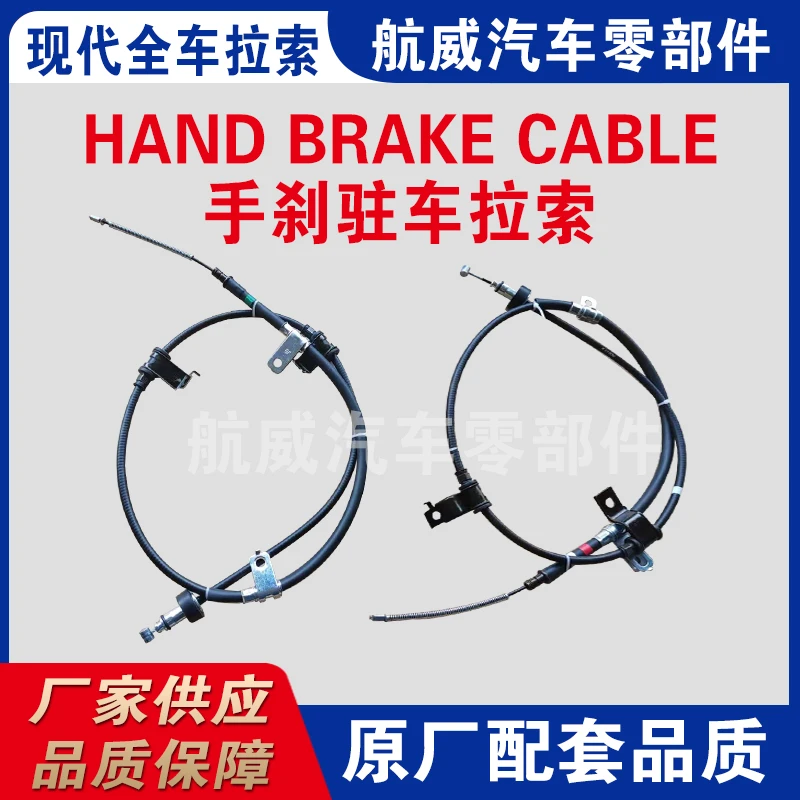derailleur gear cable
Understanding Derailleur Gear Cables The Unsung Heroes of Bicycling
When it comes to bicycles, most riders focus on components like the frame, wheels, and gears when discussing performance. However, one crucial component that often goes unnoticed but plays a significant role in the overall functionality of a bike is the derailleur gear cable. These cables are the unsung heroes of modern cycling, contributing to smooth gear shifts and ultimately enhancing the riding experience.
What is a Derailleur Gear Cable?
The derailleur gear cable is a thin, flexible wire that connects the gear shifters on a bicycle's handlebars to the derailleur mechanism located near the rear wheel. The derailleur is responsible for moving the chain between different gears on the cassette or chainrings. The cable operates under tension, allowing the shifter to pull or release that tension to make precise adjustments in the derailleur's position. This mechanism enables cyclists to change gears seamlessly, which is crucial for adapting to varying terrain and riding conditions.
Importance of Quality Cables
Just like any other component on a bike, the quality of the derailleur gear cable can significantly affect performance. High-quality cables are typically made from stainless steel or other durable materials that resist corrosion and wear, ensuring longevity. Cheaper cables may fray or kink, leading to poor shifting performance or even complete failure at the most inconvenient times. Investing in a quality derailleur gear cable can make a noticeable difference in shifting smoothness and reliability, which is especially important for competitive cyclists.
Maintenance and Care
derailleur gear cable

Proper maintenance of derailleur gear cables is essential for optimal performance. Over time, cables can stretch, accumulate dirt, or suffer from corrosion, which can lead to subpar shifting. Regularly cleaning the cables, lubricating them, and checking for frays or damage can extend their lifespan significantly. It's also advisable to replace cables periodically, especially for riders who frequently use their bikes in various weather conditions.
The Impact of Cable Length and Routing
Another important consideration when it comes to derailleur gear cables is their length and routing. Cables that are too long can lead to excessive slack, while cables that are too short may not provide the necessary range of motion for smooth gear shifts. Proper routing is also crucial; cables that are twisted or kinked can cause friction, leading to poor performance. Professional bike mechanics often recommend a careful assessment of cable length and routing during any bike maintenance or upgrades.
Upgrading Your Gear System
For cyclists looking to enhance their bike's performance, upgrading the derailleur gear cable can be a straightforward yet impactful option. Consider switching to lighter, more responsive options like polymer-coated cables or those that utilize advanced materials designed for performance. Such upgrades can significantly improve shifting speed and accuracy, offering a more enjoyable and efficient ride.
Conclusion
In conclusion, while derailleur gear cables may not receive the recognition they deserve, their role in the functionality of a bicycle is essential. Understanding their importance, maintaining them properly, and considering upgrades can lead to a noticeable enhancement in a cyclist's experience. Whether you are a casual rider or a competitive racer, never underestimate the impact of these unsung heroes in the world of cycling. With the right care and attention, derailleur gear cables will continue to serve cyclists faithfully, ensuring every ride is as smooth as possible.
-
Workings of Clutch Pipe and Hose SystemsNewsJun.04,2025
-
The Inner Workings of Hand Brake Cable SystemsNewsJun.04,2025
-
The Secrets of Throttle and Accelerator CablesNewsJun.04,2025
-
The Hidden Lifeline of Your Transmission Gear Shift CablesNewsJun.04,2025
-
Demystifying Gear Cables and Shift LinkagesNewsJun.04,2025
-
Decoding Clutch Line Systems A Comprehensive GuideNewsJun.04,2025
